These 5 household items make perfect planters for a unique touch in container gardens – plus, they'll save you buying expensive plant pots
Repurposing these items in the yard is a great way to give them a new lease of life and uplift your outdoor space
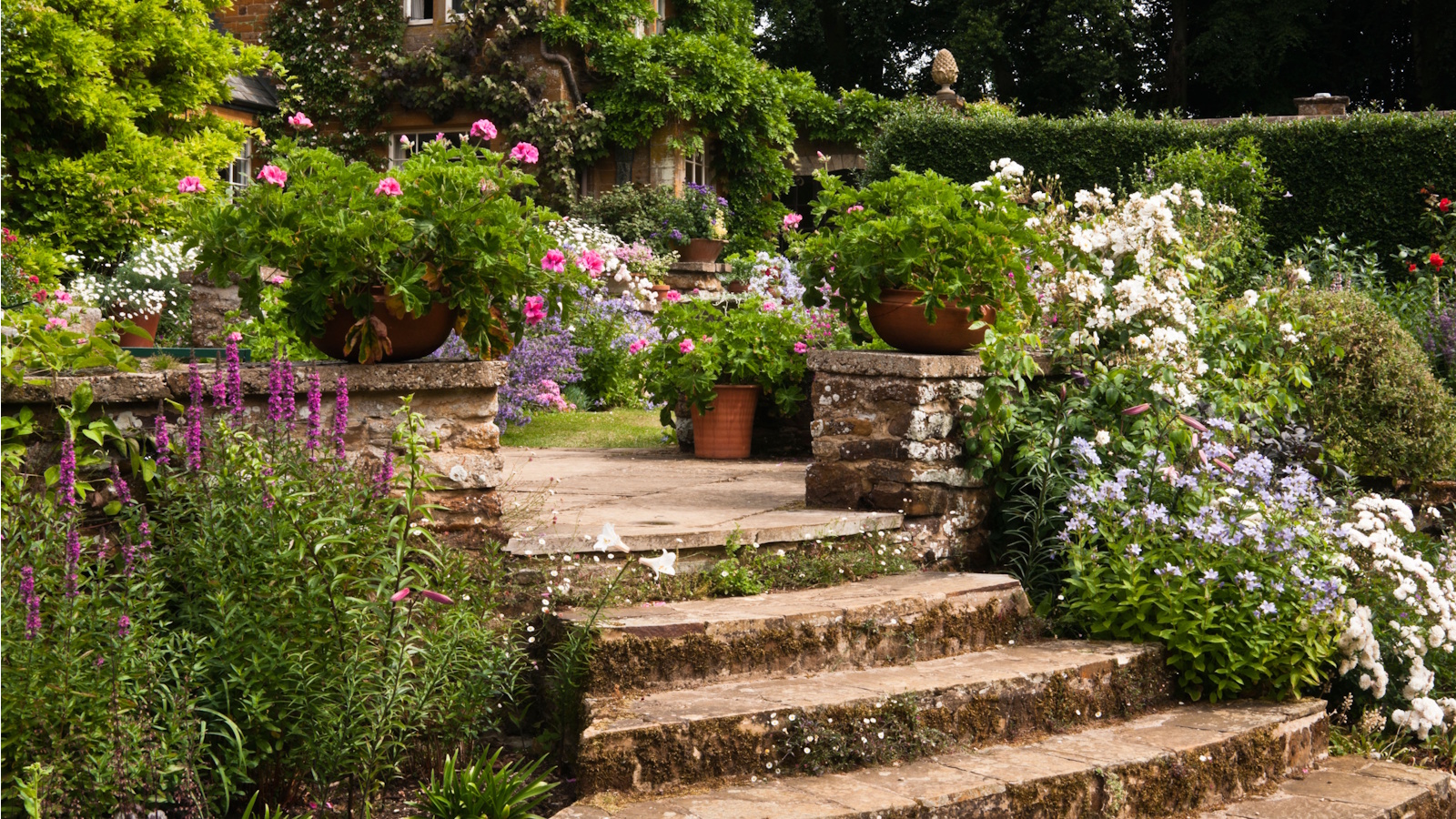
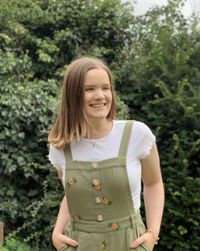
There are so many possibilities when it comes to creating a container garden. Whether positioned on a patio, used for herbs, or full of bright annuals, you can create a range of different aesthetics in pots. But, it isn't just the plants that add to the overall feel of a container garden, the planters matter just as much.
There's lots of room to experiment with your container garden ideas, including getting creative by using household items to repurpose as unusual planters. From old tins to gardening boots, and even a bathtub that would otherwise go to scrap, plants can turn these everyday items into things of beauty for your backyard's landscape.
It's a low-cost (and even free) way to to uplift your display of potted plants. Plus, saving items from the bin to repurpose in the yard is an eco-friendly garden idea to help you become a green gardener.
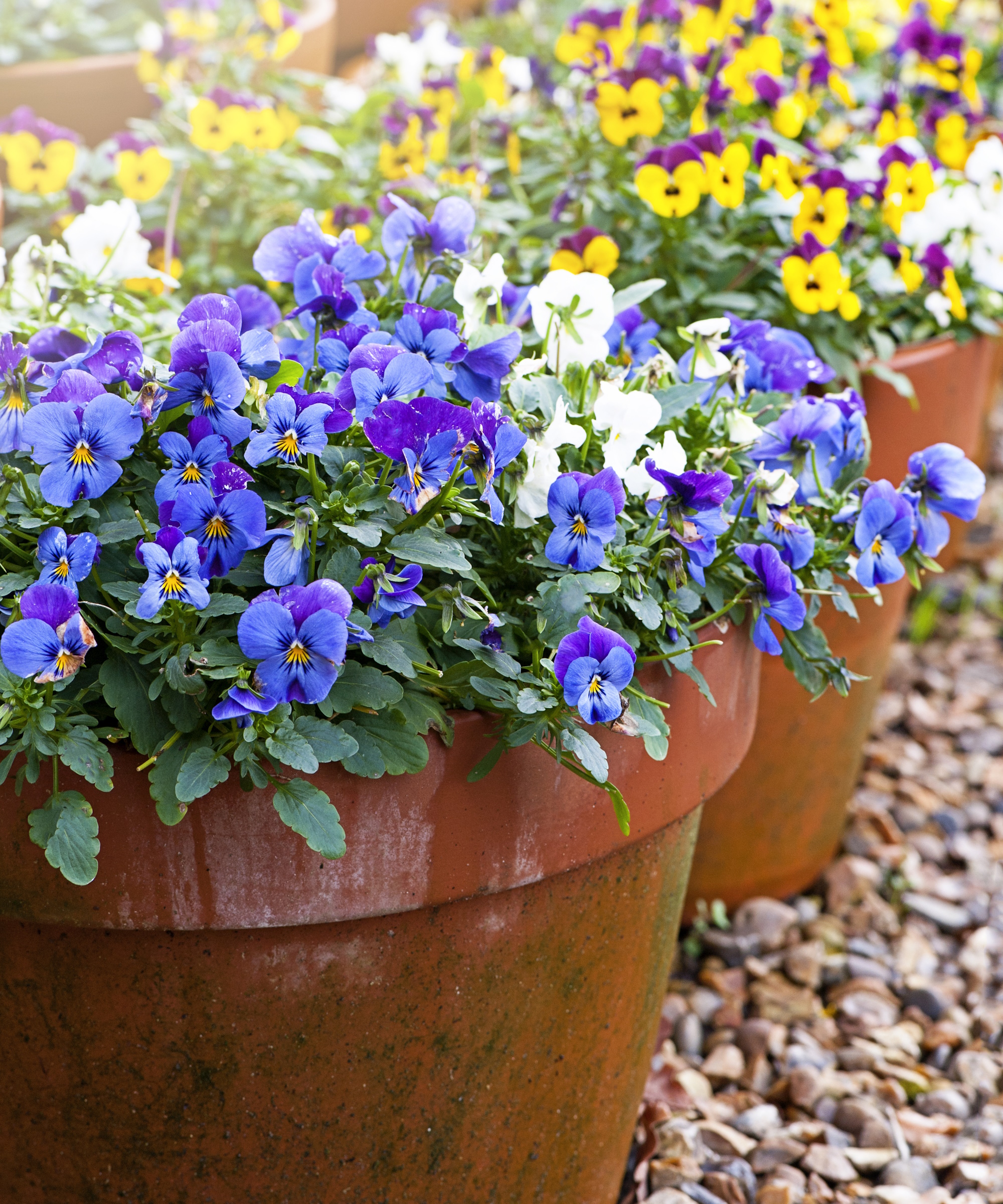
5 household items to repurpose as unusual planters
If you're a beginner container gardener and struggling to bring your potted plant display together, consider these household items to repurpose as unusual planters for a unique twist. They can create an eclectic, sophisticated, and fun vibe simultaneously, and the best bit is you can really personalize this look to your taste.
1. Use tea cups for a vintage feel
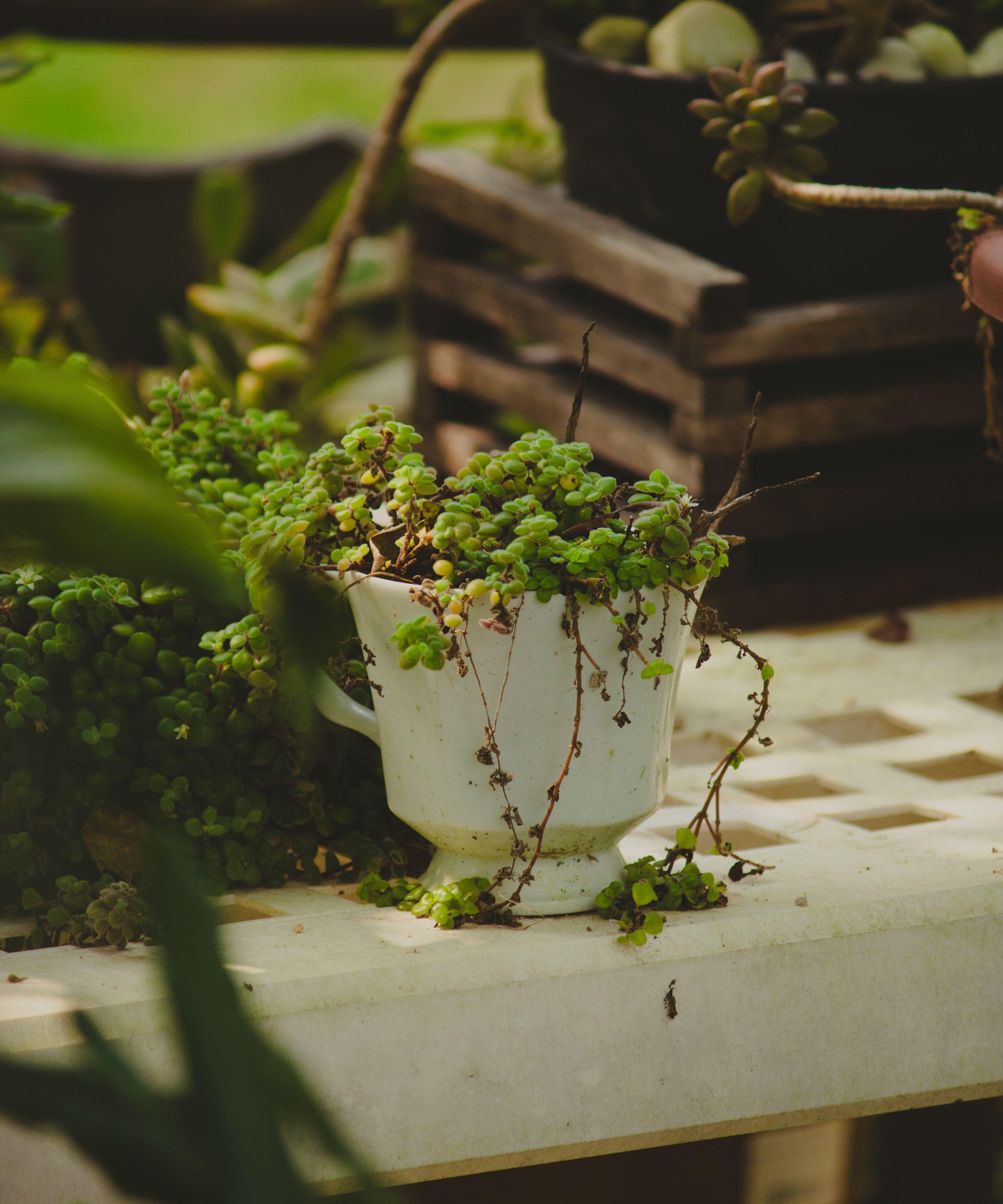
Tea cup planters would be fitting in cottage gardens and romantic gardens alike. At the same time, they may find themselves in a more modern landscape, depending on the style of cup or mug you use.
Try using floral fine China tea cups (like these from Amazon) for a vintage feel, or simply use a colorful mug that complements the color palette of your backyard. You can even try using this unusual planter indoors:
'I wind up with so many extra mugs that fill up my cabinet. So, I take small succulents and fill my largest mugs with succulent soil and place them throughout my living room,' says Samantha Adler from the Houseplant Concierge.
Design expertise in your inbox – from inspiring decorating ideas and beautiful celebrity homes to practical gardening advice and shopping round-ups.
Tea cups and mugs work particularly well for indoor succulents and when landscaping with succulents and cacti because these plants have shallow roots.

Certified horticulturalist and owner of Houseplant Concierge, Samantha advises on all things houseplant care and problems.
2. Set up a stationary bicycle planter
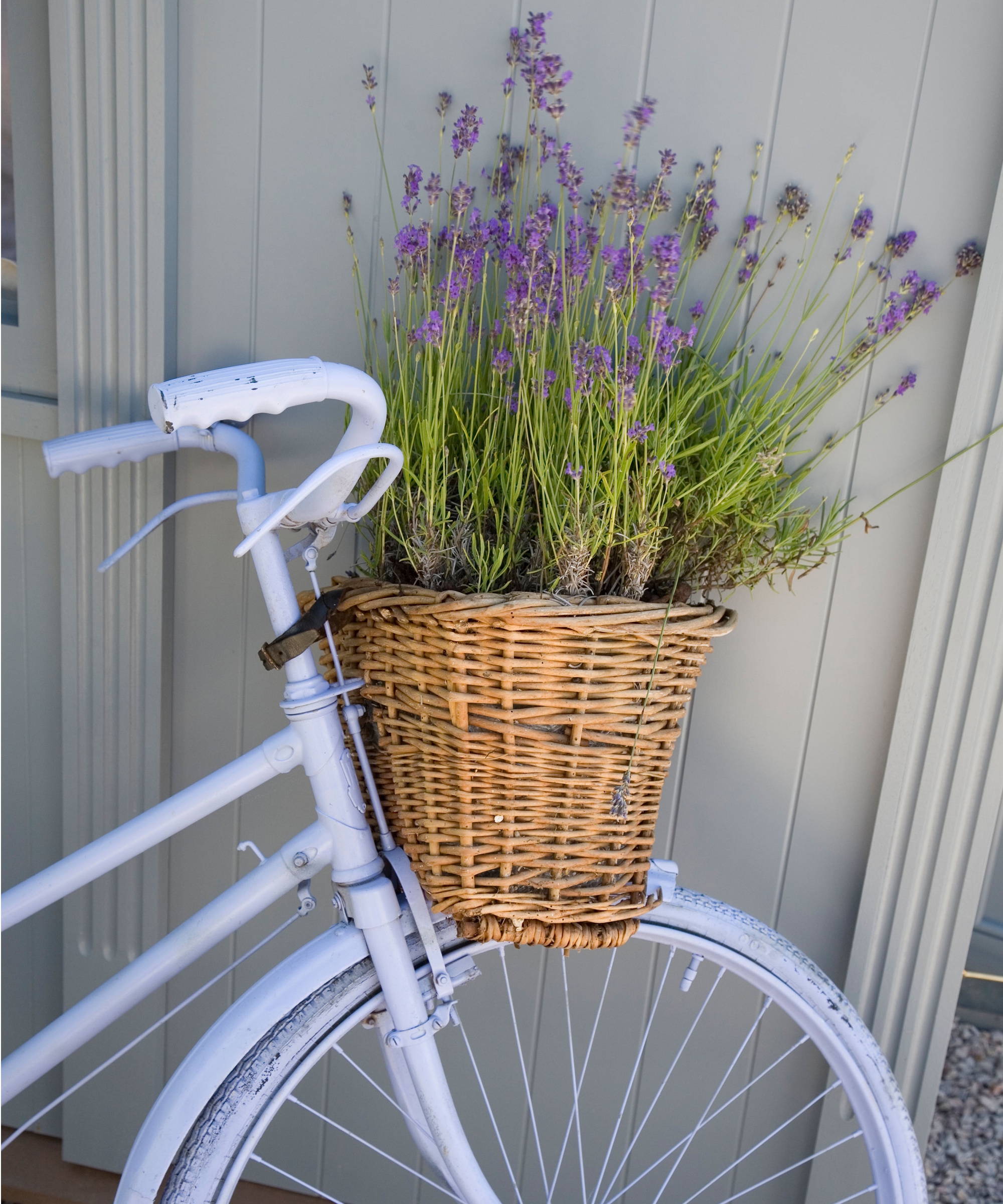
This is one of the most eye-catching household items to repurpose as unusual planters. Using a bicycle with a basket is a much bigger container garden set-up and a true conversation-starter among guests.
The bonus with this is the bicycle likely already comes with a built-in planter, in the form of a basket. You may find you need to add a planter liner (from Amazon), however.
Here, a bicycle has been painted a powder blue color, complemented by the purple lavender grown in pots. You can swap out the plants seasonally with some of the best spring flowers for pots, giving a look as though you cycled to the flower market to pick them up.
If the bicycle you're using doesn't have a basket already, you'll need to attach a wicker bicycle basket (from Walmart) or alternative vessel.
3. Plant up old boots as a tribute
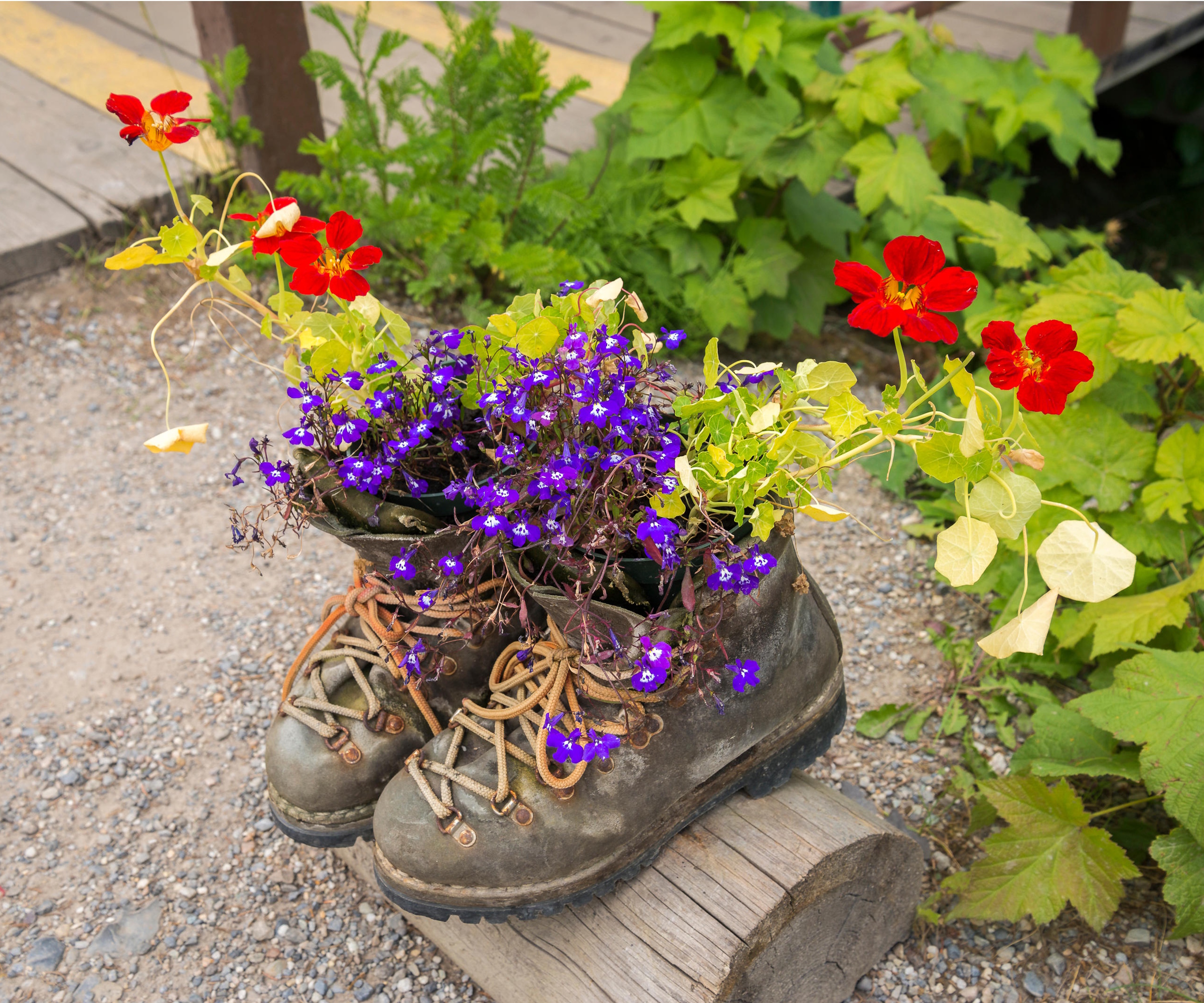
Gardening boots as unusual planters are a beautiful addition to memory gardens.
It's a charming way to remember a loved one who was a keen gardener, perhaps placed in the yard where they gardened and left a lasting impact.
It doesn't just have to be boots, either. You can repurpose a wide range of meaningful items:
'Family heirlooms like tin or enamel coffee pots are also incredible for plants. It’s the perfect way to keep memories front and center,' says Stacy Verdick Case, owner of Peony Lane Designs.
Just bear in mind these items are exposed to the weather outdoors and may experience some damage. It might be worth bringing them back indoors during fall and winter to keep them safe – or, use something like this cold frame from Amazon to provide some shelter for your unusual planters.

Stacy is a passionate vintage furniture magician, restoring, reimagining, and reshaping the past to bring joy to the present. As the founder of Peony Lane Designs, Stacy's journey began in 2016, and since then, she's been on a mission to spread warmth and nostalgia through her beautifully revived creations.
4. Give you yard a rustic edge with repurposed tins
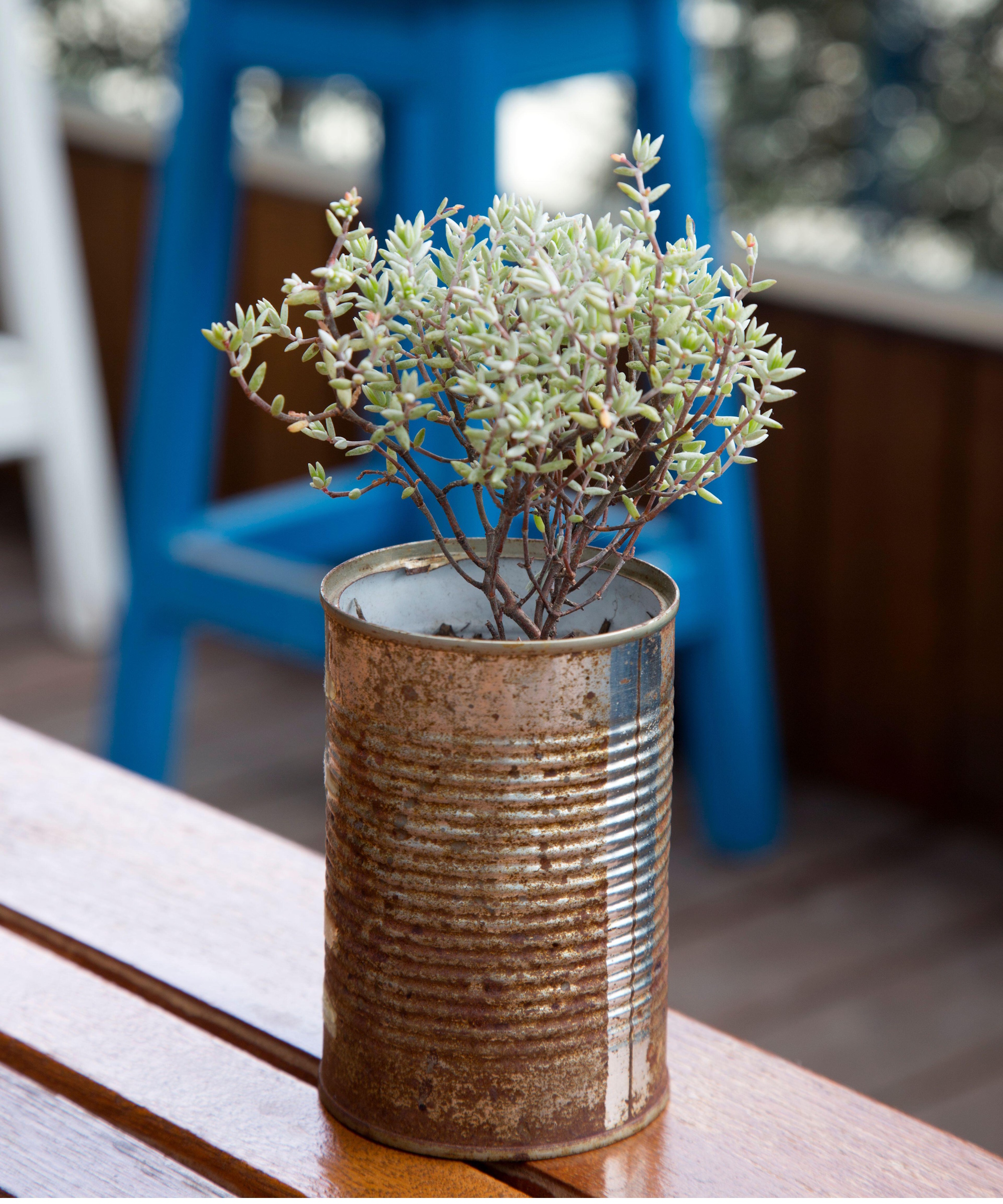
This is the most inexpensive solution on our list of household items to repurpose as unusual planters. It simply involves reusing empty tin cans to grow plants in.
Rather than putting them in the bin, clean them, take labels off, and pot up plants. If you want to make it a bigger DIY, try adding some weather-proof paint (from Amazon).
To avoid container gardening mistakes, it can be wise to drill some drainage holes into your tins. This will prevent plants sitting in oversaturated soil, which can lead to rot and fungal issues.
Depending on the size of the tins you use, these can be great vessels for your herb garden. Likewise, they can be the perfect solution to outdoor table centrepiece ideas.
Your tins may become rusty over time, but we think this just adds to the laid-back, rustic look.
5. Fill up an old bathtub with florals
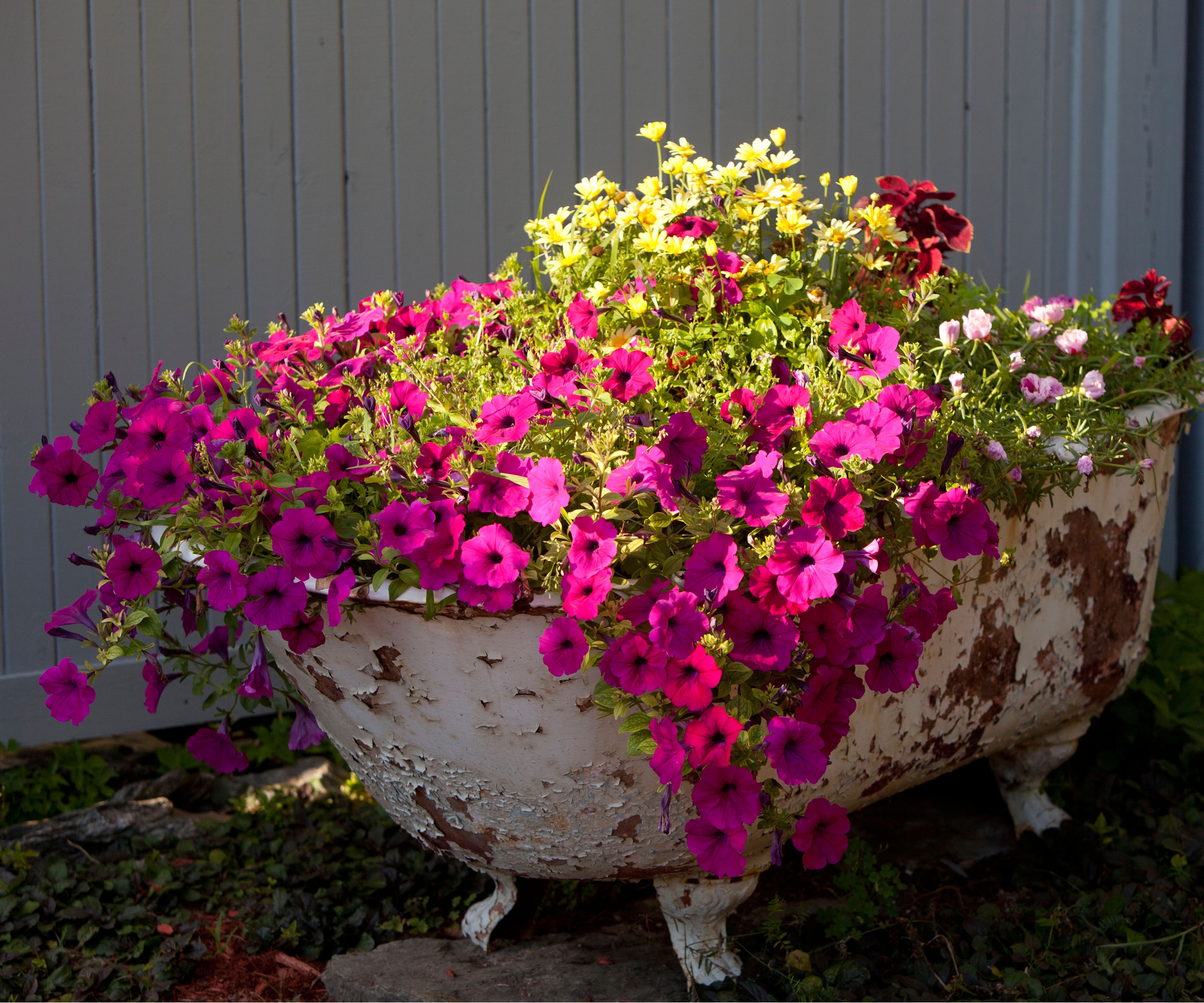
If you're looking to make a real statement, or perhaps you're missing an impactful centerpiece for your container garden, try repurposing an old bathtub.
Of course, this isn't necessarily an item you'll have sitting around the house, but if you so happen to be changing out your bath (or you like to search for treasures in scrap sales), this could be a fun option to explore.
It can be as simple as filling up the bathtub with compost and treating it as a raised garden bed. It likely even comes with a drainage hole already where the plumbing would usually go, but you might wish to also add in some drainage holes elsewhere.
Bedding plants would work well in this set-up, or you can try the thriller, spiller, filler container plants method to create a showstopping display – position it centrally with smaller potted plants either side.
FAQs
Can you use anything as a plant pot?
You can use a wide range of items as plant pot, but there are a few things to keep in mind. Firstly, it's always best for planters to have drainage holes to aid moisture management. If your item doesn't have a drainage hole, consider putting some in with a drill. Secondly, if you're using it as an outdoor planter, it will need to be able to withstand wet and cold weather without becoming damaged. Make sure to also use an item that is large enough for the plants you wish to grow, to prevent them becoming pot-bound.
Repurposing items in the backyard can be a fun and creative addition to your garden. It also saves a lot of items from the bin, making your backyard a more sustainable space. You can likewise use kitchen waste in the garden and take on board zero waste gardening methods.
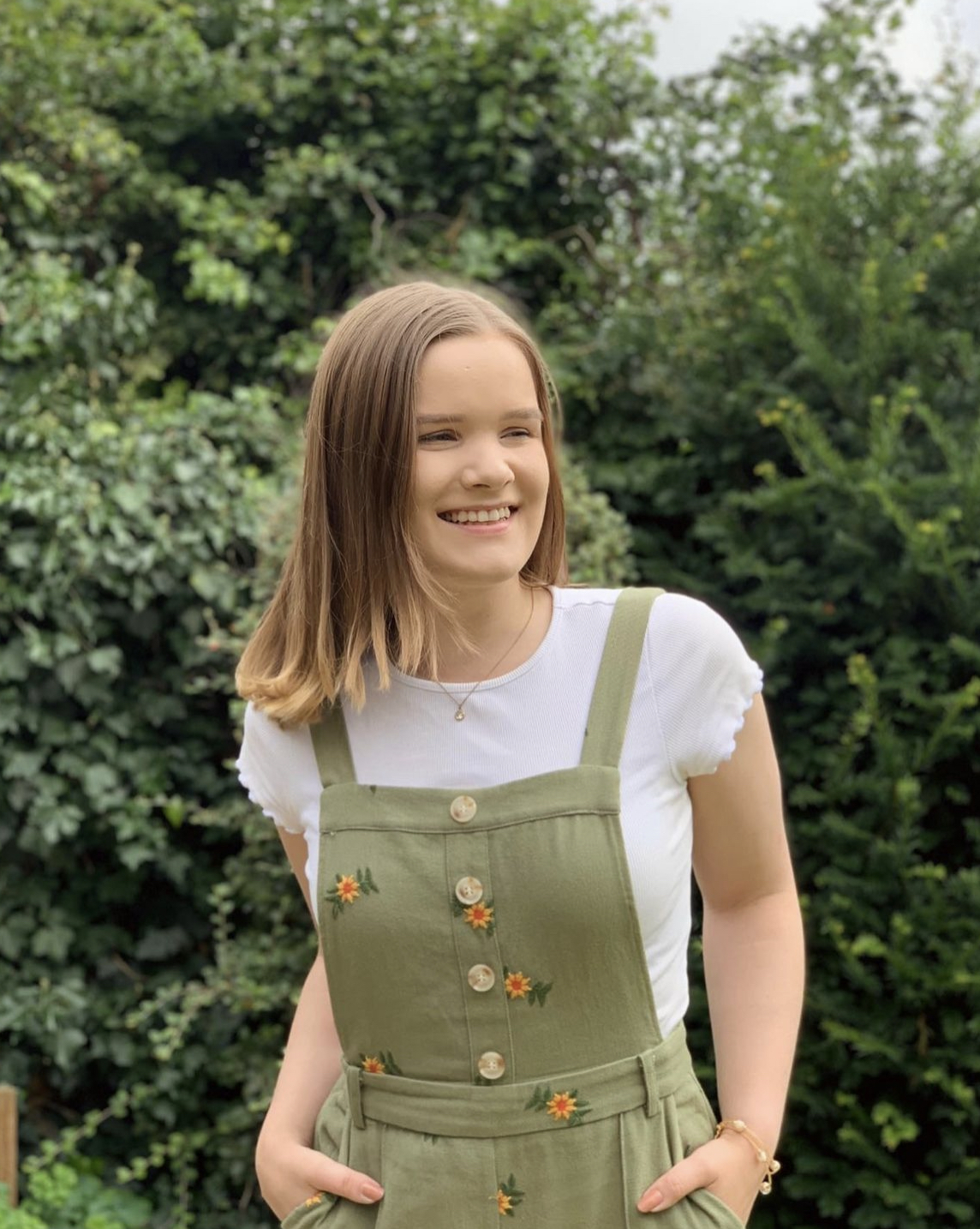
Tenielle is a Gardens Content Editor at Homes & Gardens. She holds a qualification in MA Magazine Journalism and has over six years of journalistic experience. Before coming to Homes & Gardens, Tenielle was in the editorial department at the Royal Horticultural Society and worked on The Garden magazine. As our in-house houseplant expert, Tenielle writes on a range of solutions to houseplant problems, as well as other 'how to' guides, inspiring garden projects, and the latest gardening news. When she isn't writing, Tenielle can be found propagating her ever-growing collection of indoor plants, helping others overcome common houseplant pests and diseases, volunteering at a local gardening club, and attending gardening workshops, like a composting masterclass.
You must confirm your public display name before commenting
Please logout and then login again, you will then be prompted to enter your display name.